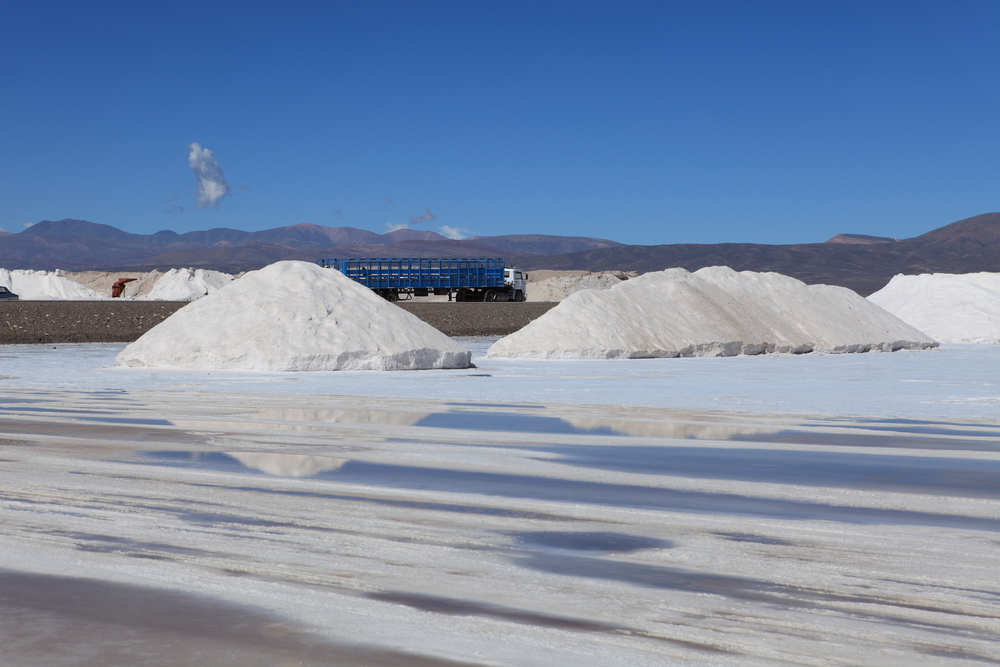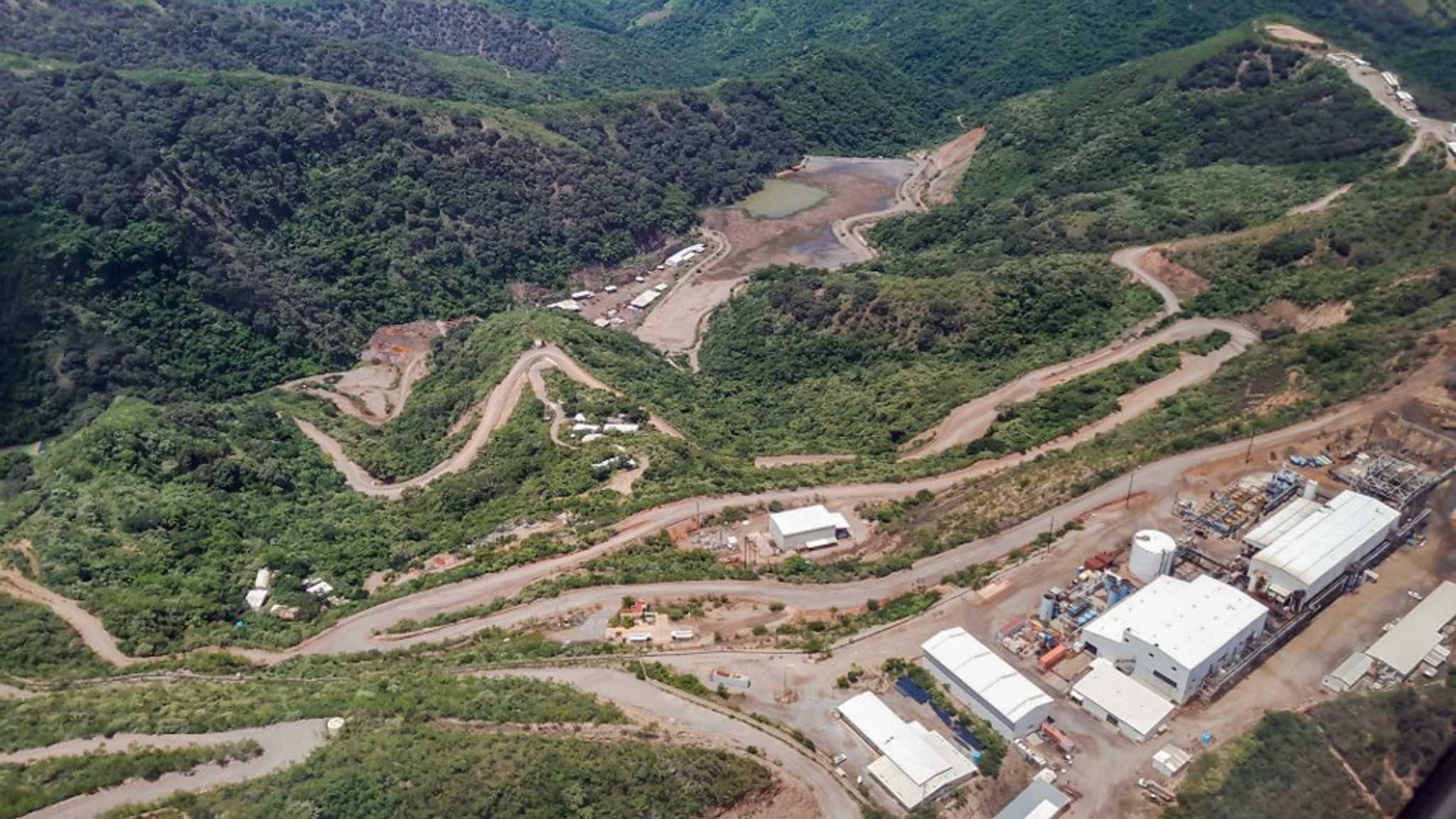Petro-Lithium production represents diversification of Alberta’s energy economy

Although Chris Doornbos heads a start-up that wants to prove its technology can commercially recover highly-valued lithium from old Alberta oil and gas wells, he’s already dreaming of a day when the province will become a centre of new-tech battery development.
“I’m hell-bent on developing a lithium industry in Alberta, with a gigafactory,” said the president and CEO of Calgary-based E3 Metals Corp. “We have everything we need in Alberta.”
If that happened it would mimic what electric vehicle (EV) manufacturer Tesla Inc. has done near Reno, Nev., where it has developed a lithium-ion factory, to produce the batteries that are at the heart of the EV technology. That plant was established there because there is some lithium production from mines in Nevada.
But even Doornbos acknowledges that it will likely take several years before such a plant is justified. However, he believes the company he heads will play a role in the development of a new industry for the province, which would help diversify its economy. It’s based on the “Petro-Lithium” extraction technology his company plans to commercialize.
Both Doornbos and Liz Lappin, vice-president of project development with the TSX Venture-listed company, come from an oil and gas background and are geologists, which helps explain why the technology E3 Metals has developed is based on extracting lithium from the formation water within the Leduc formation.
Doornbos, who has a geology degree from the University of Alberta (U of A), began working in the resource industry in 2005 and was employed at Suncor Energy Inc.’s Fort Hills oilsands project, with junior oil and gas companies and in the mining sector before launching E3 in 2016.
Lappin, who has a geology degree from the University of British Columbia, worked for Encana Corporation and Cenovus Energy Inc. for 12 years, before moving into the geothermal sector and then joining E3, which is also planning to tap the geothermal potential of its technology.
The company’s extraction process technology is based on a process developed by a team of researchers at the U of A’s Alessi Laboratory. Doornbos presented the U of A team with a challenge: to develop an energy-efficient approach to produce lithium, using brine originating below and adjacent to oil and gas reservoirs in Alberta.
With worldwide lithium demand expected to grow from 200,000 tonnes a year to 600,000 tonnes a year by 2025, Doornbos said it’s essential that other methods be found to recover the mineral.
“Most of the existing supply comes from Argentina and Chile, where it is produced from evaporation in ponds, from which it becomes a sediment,” he said. “About three-quarters of the world’s lithium comes from that source.”
The problem is it can take up to two years for lithium to be produced that way. Using E3’s chemical extraction process — the company won’t reveal specifics of the technology — lithium can be produced in hours instead. In addition, while the evaporation approach only recovers 50 per cent of the lithium, the E3 approach is expected to recover much more.
The goal is to ramp up the technology to improve the production of lithium by about 10 times, from 70 milligrams per litre to 700 milligrams per litre.
The goal is to ramp up the technology to improve the production of lithium by about 10 times, from 70 milligrams per litre to 700 milligrams per litre.
E3 has acquired the rights to 1.4 million acres of prospective lithium deposits in south-central Alberta, working with 14 different oil and gas companies to obtain oil and gas wastewater samples. It has sampled over 70 wells and has identified a potential resource of 6.72 million tonnes of lithium carbonate equivalent resources.
In addition to the potential to produce lithium from the area of Alberta where the province’s oil and gas industry began, Lappin’s interest in the company derives from the potential to use geothermal technology, which would evolve from the need to use hot water in the production process. “Once the plant is producing we can start using geothermal technology,” she said. “We already would produce large volumes of hot water as part of the process. We would deploy existing geothermal technologies to generate power, which would lower the costs of lithium production.” Greenhouse gas emissions produced would also be lowered substantially through deploying the technology.
She said there are thousands of historic oil and gas wells in the area where the company plans to deploy its technology, meaning the area has been well delineated using existing data, and potential for lithium production is huge. “We know the resource is there and the area we’ve identified only represents about 34 per cent of our land position,” added Doornbos.
The company continues to have its technology lab-tested, with plans for a micro pilot plant that would be developed in the next six to eight months. That plant would be a mobile unit which could be moved from well to well. After that, in mid- to late-2019, it wants to develop a demonstration plant.
In the next three to four years, Doornbos said he wants to see the company develop a commercial plant that could produce 10,000 tonnes of lithium a year. “We want to scale that up to 50,000 tonnes by 2030 at the latest,” he said. At this point the company is attempting to acquire funding from a variety of government programs to accelerate the development of its extraction technology. So far it has received over $200,000.
The potential of Petro-Lithium in Alberta has also caught the eye of The Natural Step Canada. Because the concept leverages Alberta’s expertise and assets it has been featured as an Exemplar initiative within the Energy Futures Lab, an endeavour comprised of diverse leaders across the energy landscape working towards a shared vision for a sustainable energy system. As a Fellow of the Lab, Lappin champions the project and collaborates with Fellows to advance E3’s initiative and others within the portfolio.
Lappin said she’s excited about the potential of her company’s technology. “This represents a diversification of Alberta’s energy economy, from a foundation of expertise that the province already has,” she said. “It’s driving us forward through the energy transition.”
(Written by JIM BENTEIN)
{{ commodity.name }}
{{ post.title }}
{{ post.date }}

Comments